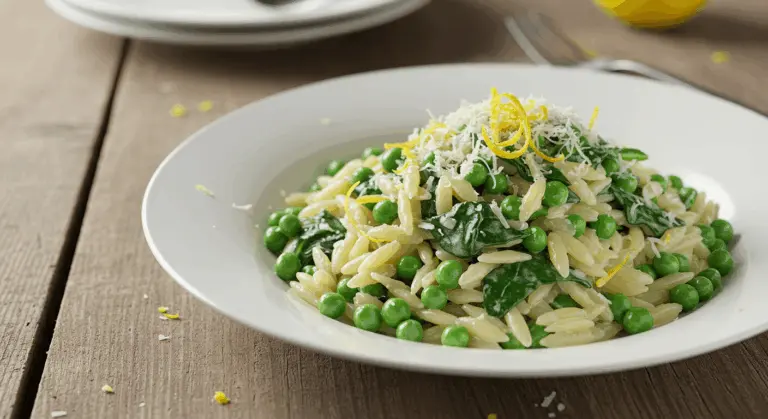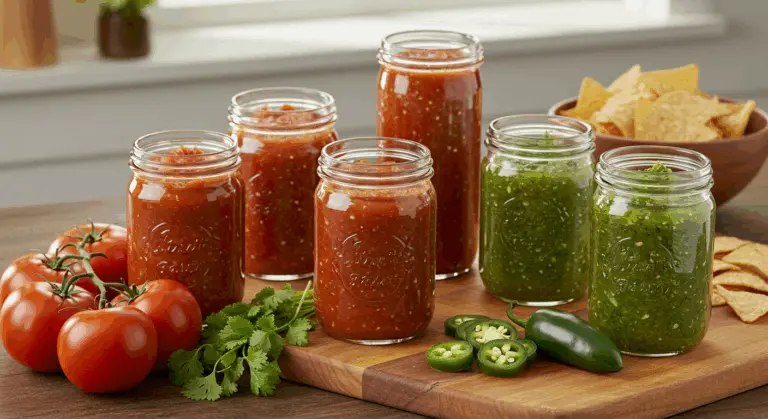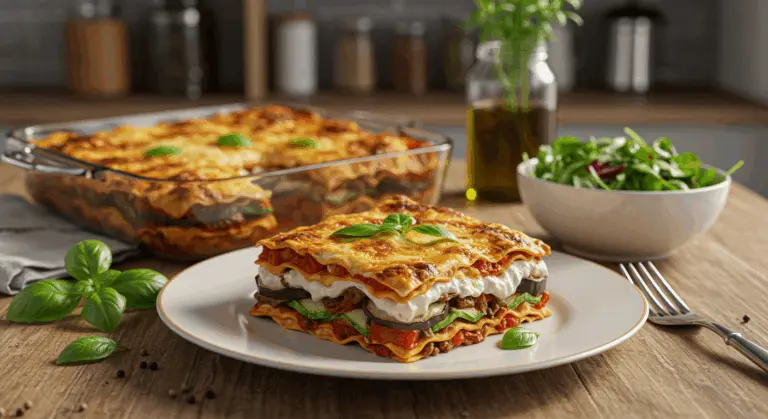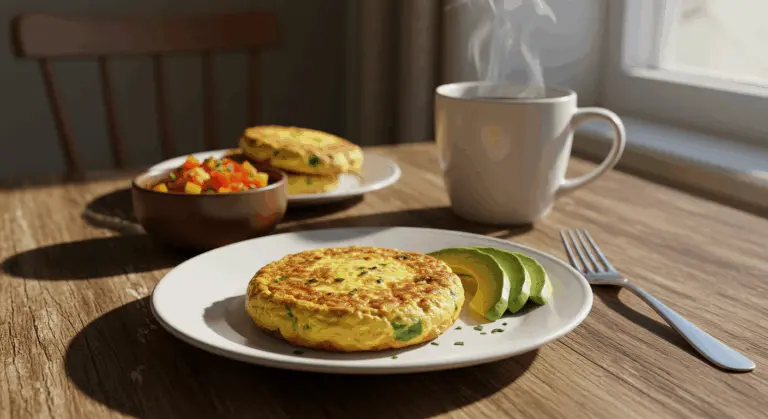Exploring British Sandwiches – Types and Recipes

Introduction to British Sandwiches – A Culinary Staple
The humble sandwich stands as one of Britain’s most beloved culinary contributions to the world. Far more than mere convenience food, it represents a wealth of flavors and traditions woven over centuries. The tale begins in the 18th century with John Montagu, the 4th Earl of Sandwich, who reportedly demanded his meat served between bread slices to avoid abandoning his gambling table. This simple innovation launched a food revolution that endures today.
What makes them special is their versatility. Consider the spectrum: from a humble cheese and pickle creation to delicate cucumber fingers gracing afternoon tea tables. These handheld delights mirror Britain’s diverse culinary landscape, with regional variations flourishing across the country. Each region puts its own spin on fillings and preparations. Whether savored as a hurried breakfast, tucked into a lunch box, or presented at an elegant tea service, sandwiches are now deeply embedded in British daily life.
This guide covers recipes and ingredients, but also provides a window into British culture itself and the timeless allure of this beloved staple.
Popular Types of British Sandwiches – A Delicious Variety
British sandwich culture presents a remarkable array of options, each reflecting the nation’s diverse culinary heritage. The most iconic varieties include:
-
Meaty & Seafood: Roast beef with horseradish, BLT (bacon, lettuce, and tomato), leftover Sunday roast meats, prawn mayonnaise, smoked salmon with cream cheese, and the nostalgic fish finger sandwich.
-
Vegetarian: The classic cheese and pickle (sharp cheddar with a tangy chutney), egg mayonnaise, cucumber with cream cheese, and cheese and tomato.
Bacon Butty – The Iconic British Sandwich
The Bacon Butty reigns supreme as perhaps Britain’s most quintessential sandwich – a deceptively simple creation with cult status nationwide. At its heart lies crispy back bacon (notably leaner than its American cousin) cradled between bread slices or nestled in a crusty roll. Despite its simplicity, this beloved sandwich goes beyond basic food, serving as beloved breakfast staple, legendary hangover remedy, and comfort food that bridges all social divides.
Making the perfect Bacon Butty takes care. Cook 2–3 slices of quality back bacon until perfectly crispy. Meanwhile, generously butter a crusty roll or thick white bread slices. Layer that sizzling bacon inside while it’s still hot.
Sauce selection sparks heated debates among enthusiasts. HP Sauce (that distinctive tangy brown condiment), ketchup, or mustard each have devoted followers, though purists insist perfection needs no embellishment.
Chip Butty – A Comfort Food Favorite
The Chip Butty embodies British comfort food in its most wonderfully indulgent form. This cherished sandwich features nothing more than piping hot chips (French fries to Americans) nestled between buttered bread slices. Born in northern England – particularly Sheffield and Liverpool – this carb-laden creation has conquered the entire UK. This sandwich captures Britain’s unapologetic love affair with carb-on-carb combinations.
Making this treat requires quality ingredients: thick-cut chips (ideally from your local chippy), pillowy white bread generously buttered, and optional accompaniments like ketchup, brown sauce, or sharp malt vinegar.
A fixture at football matches and within working-class communities, regional interpretations flourish. Some prefer bread rolls over sliced bread. Others elevate theirs with melted cheese or curry sauce.
Traditional British Sandwich Fillings – What to Include
Traditional British fillings skillfully balance simplicity with robust flavor. Butter forms the essential base – adding richness while creating a protective barrier against soggy bread.
-
Cheese and Pickle: Sharp cheddar paired with a sweet-savory chutney like Cranston pickle.
-
Tuna Mayonnaise: Often mixed with sweet corn for added texture and sweetness.
-
Ham and Mustard: A classic combination, typically using sharp English mustard.
-
Egg Mayonnaise: Mashed hard-boiled eggs with mayonnaise, sometimes with cress.
-
Roast Meat Leftovers: Cold cuts from a Sunday roast, such as beef with horseradish or lamb with mint sauce.
-
Baked Beans: A comfort food staple, sometimes paired with cheese in a toastie.
-
Sausages: Served either hot in a roll or as cold slices.
Afternoon Tea Sandwiches – Elegance on a Plate
Afternoon tea sandwiches represent the height of British elegance. These delicate morsels, dubbed finger sandwiches for their petite proportions, anchor the traditional afternoon tea service dating to the early 19th century. Unlike their robust cousins, these creations focus on elegance, meant to be visually stunning, delicately flavored, and served in portions that harmonize beautifully with accompanying teas and pastries.
Presentation is everything. Sandwiches emerge from paper-thin slices of premium white or brown bread, crusts carefully trimmed away. They’re then transformed into elegant fingers, precise triangles, or neat rectangles.
Classic fillings are chosen for their subtle, complementary flavors:
-
Cucumber: Thinly sliced on buttered white bread, sometimes with cream cheese, dill, or mint.
-
Egg Mayonnaise: Finely chopped hard-boiled eggs with high-quality mayonnaise and cress.
-
Smoked Salmon: Paired with cream cheese, often on brown bread with a squeeze of lemon.
-
Coronation Chicken: A mild, curried chicken salad created for Queen Elizabeth II’s coronation.
-
Roast Beef: Thinly sliced and served with a horseradish cream.
-
Ham and Mustard: A simple classic with a light spread of English mustard.
Celebrating British Sandwich Week – A Culinary Event
Each May brings British Sandwich Week – a spirited national celebration honoring both time-honored traditions and bold innovations in sandwich craft.
During the week, you can find:
-
Special limited-edition sandwiches and promotions at cafés and shops.
-
Tasting events and sandwich-making competitions at food festivals.
-
Online appreciation and recipe sharing on social media using dedicated hashtags.
The event also highlights the sandwich industry’s economic importance to the UK, which supports thousands of jobs and generates billions in revenue annually.
Conclusion – The Enduring Appeal of British Sandwiches
British sandwiches have lasting appeal because of their extraordinary ability to be simultaneously humble and remarkable. From the plainest cheese creation to the most elaborate afternoon tea masterpiece, they reflect a food culture that values practicality, quality ingredients, and balanced flavors. These handheld treasures narrate British culinary history – spanning aristocratic tea ceremonies to working-class lunch breaks, wartime ingenuity to contemporary fusion experiments – all contained within bread and filling’s elegant simplicity.
In today’s world of complex cooking, the British sandwich remains refreshingly authentic. It celebrates the perfect union of flavor and texture in portable form. This simplicity, combined with endless possibilities, is what makes it brilliant, ensuring its place among Britain’s most treasured and enduring culinary legacies.






